BYTE: The Small Systems Journal (August 1986)
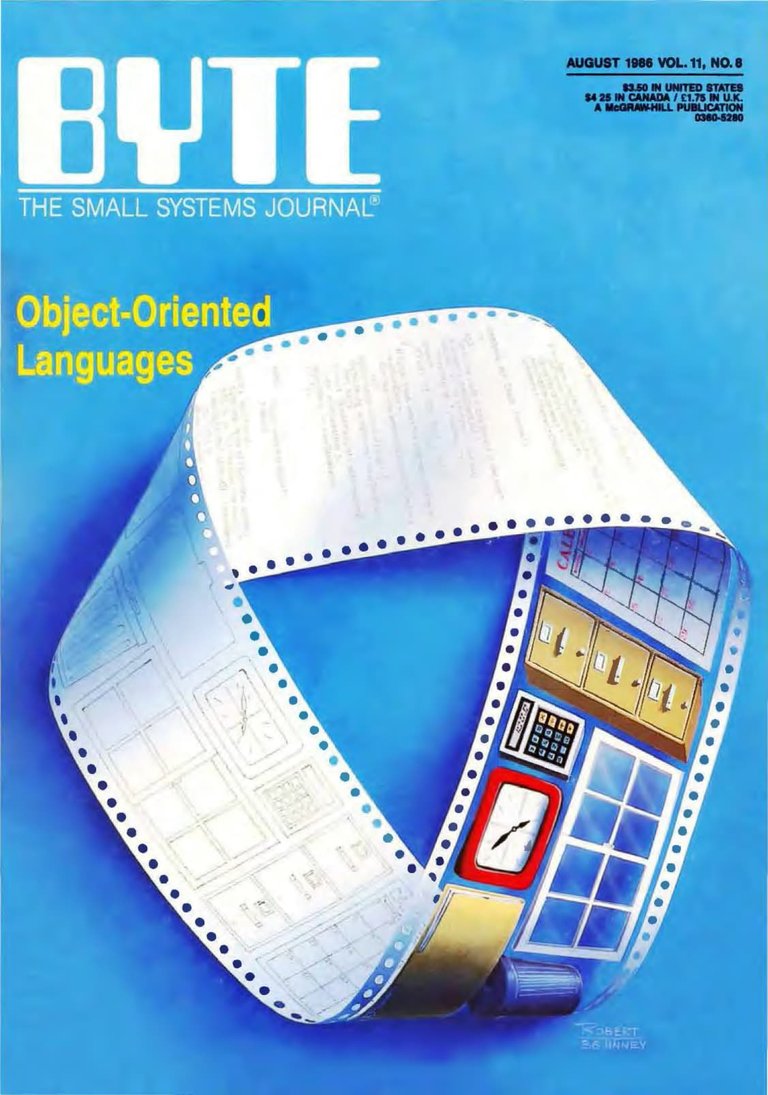
Cover of the June 1986 issue of Byte
Though it gradually became more PC-centric over the years, Byte covered many systems. For whatever reason, it seemed to fade away sooner than some other PC specific magazines. Too bad as this was perhaps the best computer magazine. The August 1986 issue includes:
Features
- Similarity Mapping - A program written in Microsoft BASIC 2.0 for the Macintosh that implements a technique called multidimensional scaling to do things like create maps based on distances.
- Ciarcia's Circuit Cellar: Parallel Interfacing - Part two of a tutorial on parallel interfacing. This part discusses various parallel adapters and uses for them.
- The Definicon 68020 Co-processor - The second and final article in a series which discusses the DSI-020 co-processor board (featuring a 68020 CPU) for IBM XTs/ATs/compatibles. This part focuses on software available for the board.
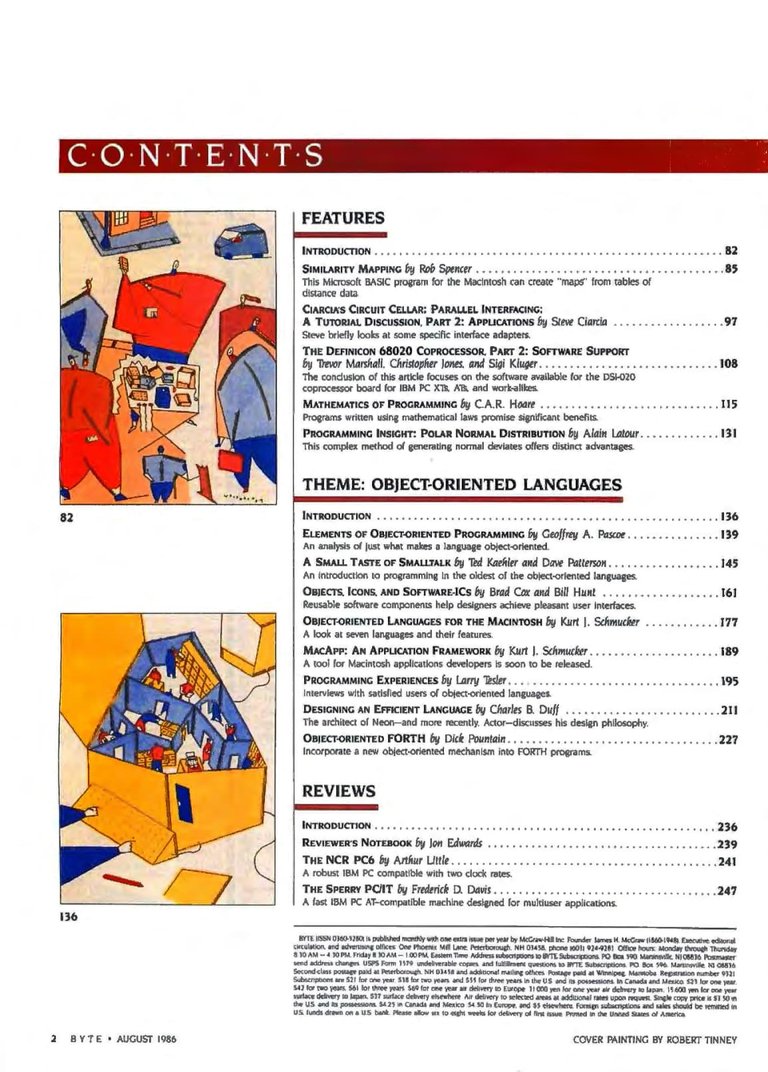
Table of Contents from the August 1986 issue of Byte
Theme: Object-Oriented Languages
- Elements of Object-Oriented Programming - A discussion of the features that a language must have to be considered object-oriented.
- A Small Taste of SmallTalk - SmallTalk is an object-oriented language that was briefly popular. It had been around for quite some time by this point but it seemed to reach peak popularity during the second half of the 1980s.
- Objects, Icons, and Software-ICs - Using object-oriented languages to create icon based user interfaces.
- Object-Oriented Languages for the Macintosh - An overview of object-oriented languages available for the Macintosh including SmallTalk, Object Pascal, Neon, ExperCommonLISP, Objective-C, Object Assembler, and Object Logo.
- MacApp: An Application Framework - A framework designed to make software development on the Macintosh easier by implementing most of the Macintosh user-interface standard.
Reviews
- The NCR PC6 - A PC compatible featuring an 8088-2 processor that can run at 4.77 MHz or 8 MHz, 256K to 512K of RAM, two floppy drives or a single floppy drive and 10-megabyte hard drive and optionally a tape backup. Prices range from $2390 to $3690.
- The Sperry PC/IT - An IBM PC AT clone featuring an 80286 CPU with configurable speeds (though the 7.16-MHz 0 wait state option would seem to be the best), a 44.6 megabyte hard drive, a 1.2MB floppy drive, a 360K floppy drive and 512K of RAM for $6044.
- DeSmet C Development Package for the Macintosh - A low-cost ($150) C compiler for the Macintosh.
- TOPSI 2.0 - An implementation of the OPS5 production system language (for creating rule-based expert systems) written in Turbo Pascal for MS-DOS computers.
- Let's C and CSD - An inexpensive ($75) C development package and debugger for XT class machines.
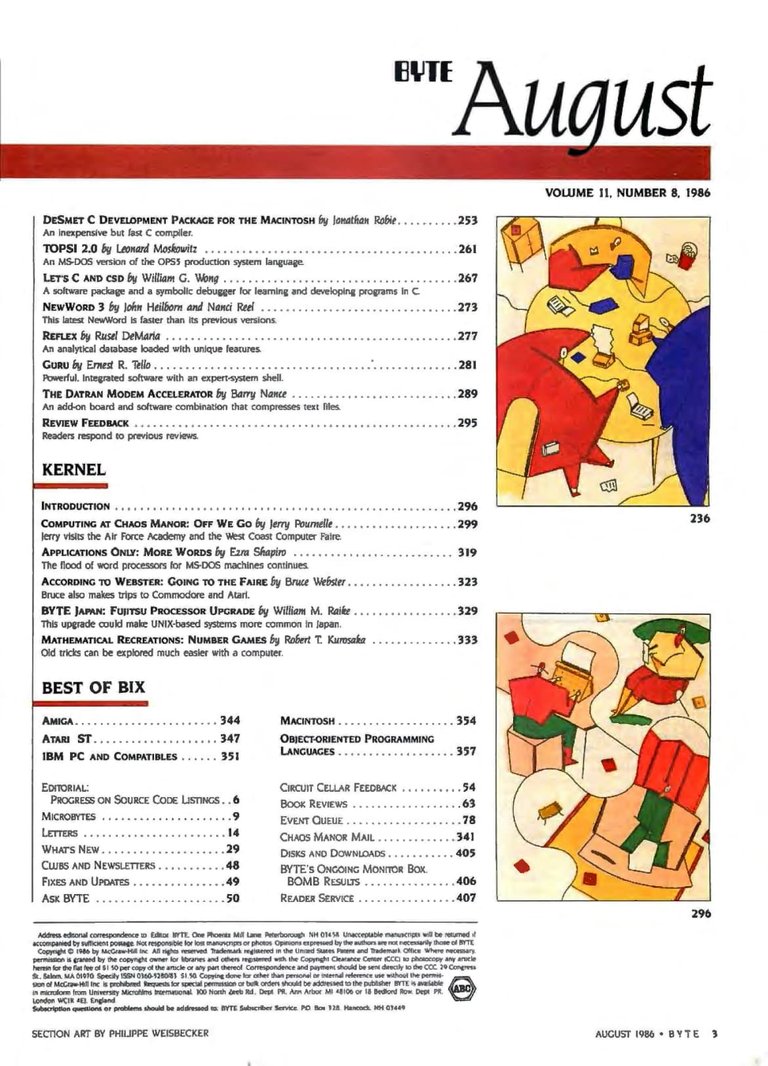
Table of contents from the August 1986 issue of Byte (continued)
Kernel
- Computing at Chaos Manor: Off We Go - United States Air Force Academy starts requiring students to purchase a Zenith 248 PC which will be equipped with AutoCAD for free, a look at the West Coast Computer Faire (including Atari ST coverage), and more.
- According to Webster: Going to the Faire - A report from the 11th Annual west Coast Computer Faire. Highlights include Lightspeed C for the Macintosh, MacCartrige (ROMs to turn your Atari ST into a Mac), Sound Scape for the Amiga, Aztec C for the Amiga, plus interviews with Atari and Commodore personnel and more.
- BYTE Japan: Fujitsu Processor Upgrade - Fujitsu releases an 80286 expansion board for its FM-16b PC for $500. This enables it to run Xenix which would be available separately.
Best of Bix
- Amiga - Discussions related to chaining programs in C, copying files via script, using an IBM 5.25" disk drive, and more.
- Atari ST - Discussions related to reading PC format disks, implementing a selector box, and more.
- IBM PC and Compatibles - Discussions related to DOS 3.1 and disk formatting, MS-DOs load addresses, and more.
Columns
- Editorial - Improvements to source code listings and hardware improvements to the system hosting BIX (replacing three 68000 CPUs with four 68020 CPUs (for a total of twelve 68000s and four 68020s) and increasing RAM from 4 MB to 8 MB. The system services 6000 users.
- Microbytes - Screen cover to prevent electronic eavesdropping, NAND gates for storage devices based on biological materials, XT card for the Apple II planned, Engineers at Stanford design "MIPS-X" chip, and more.
- Letters - Letters from readers about the Amiga and Atari ST, the difficulty and expense of using modems in other countries, CRT radiation, Modula 2, and more.
- What's New - A brief look at new products including VCN Concord (integrated graphics package for the PC), The Data General/One model 2 (portable computer), graphics chips from Intel and TI, Smalltalk/V, Sherill-Lubinski's Object Oriented Graphical Modeling System, a math coprocessor for the Amiga, the VAXstation II/RC from DEC, Smalltalk-80, the ProAPP 10 and ProApp 20 hard drives for the Macintosh and Apple II, VersaCAD 3D, Sony's ProMavica still-frame video recorder, Imaginet networking for the IBM and Atari ST, public domain software collection on CD-ROM, SyQuest SQ1500 removable hard disk subsystem, and much more.
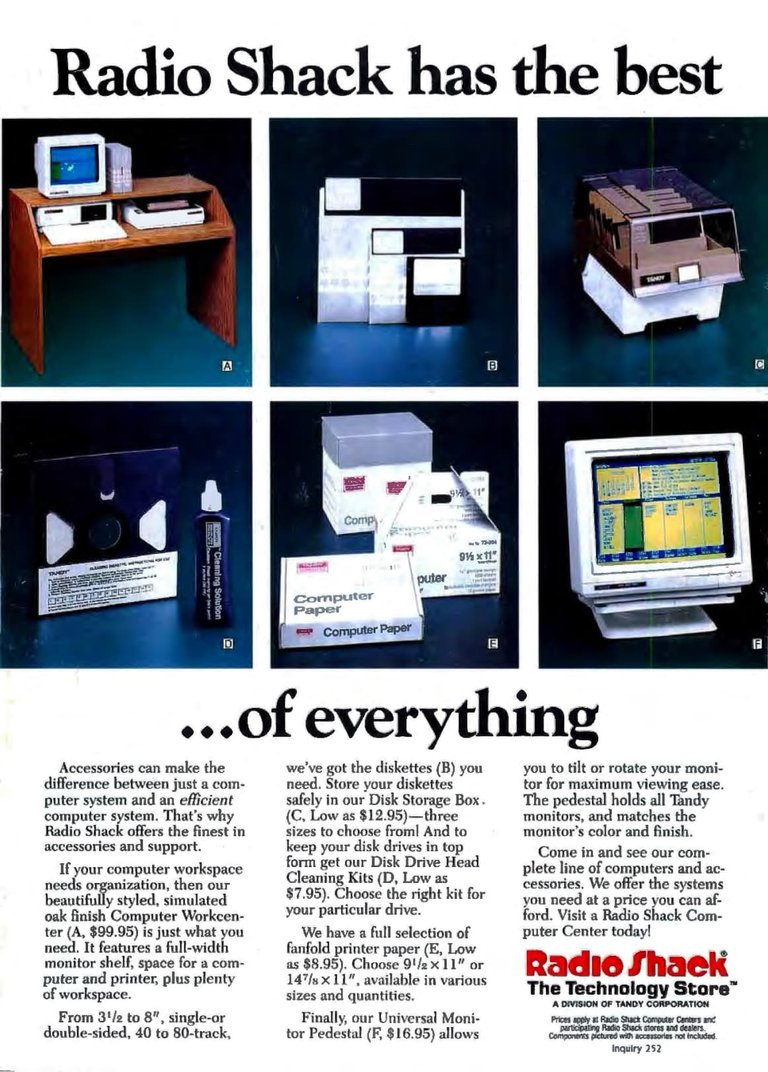
Back cover of the August 1986 issue of Byte
Read more: https://www.megalextoria.com/wordpress/index.php/2024/07/16/byte-june-1986/
Check out my other Social Media haunts (though most content is links to stuff I posted on Hive or reposts of stuff originally posted on Hive):
Wordpress: https://www.megalextoria.com/wordpress
Tumblr: https://www.tumblr.com/blog/darth-azrael
Twitter: https://twitter.com/Darth_Azrael
Blogger: https://megalextoria.blogspot.com/
Odyssee: https://odysee.com/@Megalextoria:b
Rumble: https://rumble.com/c/c-2385054
Daily Motion: https://www.dailymotion.com/Megalextoria
Books I am reading or have recently read:
Fallen Founder: The Life of Aaron Burr by Nancy Isenberg
Tom Clancy's Op-Center: God of War by Jeff Rovin
Red Sails Under Red Skies by Scott Lynch
Republic of Thieves by Scott Lynch
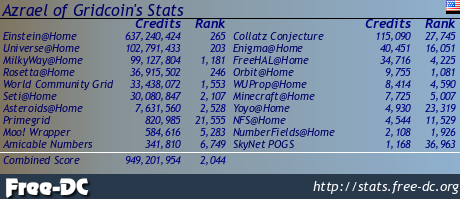
I remember wordstar on my first IBM PC it was an improvement on what I was using on the amstrad 8256 locoscript.
Byte was a great source of development info. There were so many computer hobbyist magazines back then pre the world wide web.
Most people today have no clue about where all these technologies came from? That's a bit sad really.